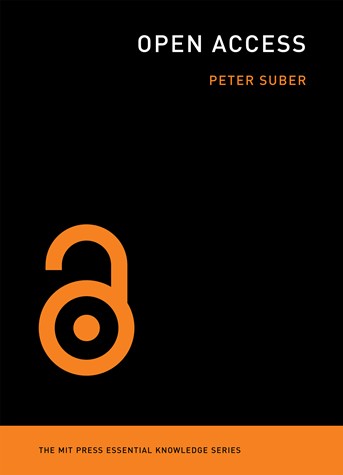Atul Gawande’s recent essay in the New Yorker, “Slow Ideas,” begins with this sentence:
Why do some innovations spread so swiftly and others so slowly?
It’s a fascinating exploration of the profoundly different takeup speed of anesthesia (fast) versus antiseptic practices (slow), and moves into recent experiences with the latter in improving birth outcomes in the developing world.
Open access, it seems to me, is also a slow idea. These excerpts from the article sound familiar:
This has been the pattern of many important but stalled ideas. They attack problems that are big but, to most people, invisible; and making them work can be tedious, if not outright painful. …remedies to them, all requiring individual sacrifice of one kind or another, struggle to get anywhere.
…people follow the lead of other people they know and trust when they decide whether to take it up. Every change requires effort, and the decision to make that effort is a social process.
Simple “awareness” isn’t going to solve anything. We need our sales force and our seven easy-to-remember messages. And in many places around the world the concerted, person-by-person effort of changing norms is under way.
Open access is invisible to many faculty, because the library subscribes to enough journals that encountering paywalls is relatively rare. It’s also invisible in the sense that faculty aren’t responsible for journal costs or ILL costs, and don’t see the connection to signing away copyright. It’s hard to see the benefits of OA if everything you’re doing now seems to be working fine.
Though open access now has significant momentum, it’s taken more than 20 years just to start having an impact. That qualifies as a slow idea. Open access requires individual sacrifice, at least for now, either in the form of examining one’s publishing contract for archiving permissions and then archiving, or in the form of paying article processing fees or perhaps publishing in a less prestigious journal.
This article also brings into question the open access outreach activities of libraries. If it’s lots of one on one conversations that are needed, then this library isn’t being as effective as it could be. I don’t think it’s necessary for everyone. No one introduced me to open access; I just did a lot of reading and became convinced it was the way to go. And some of the advocacy can happen in departmental meetings, for example (this report is really helpful and I wish there were more accounts of how open access successes were achieved on campuses).
I haven’t been very effective in convincing my fellow librarians, which is a prerequisite to implementing Gawande’s conclusions. I assumed that people learned the way I do, by reading, but those are probably in the minority. I’ve had very few one-on-one conversations, but I should have spoken to each of our 40 or so faculty. For campus-wide advocacy, we don’t need reports, keynotes, panels, and classes so much as we need a year-round sales force. And for that we need librarians who are fully on board.
(On an intellectual property note, regarding anesthesia: “Morton would not divulge the composition of the gas, which he called Letheon, because he had applied for a patent.” Fortunate for many that patent didn’t work out.)

 Peter Suber’s essential book Open Access is now, well, open access, one year after publication. It’s available in a
Peter Suber’s essential book Open Access is now, well, open access, one year after publication. It’s available in a 